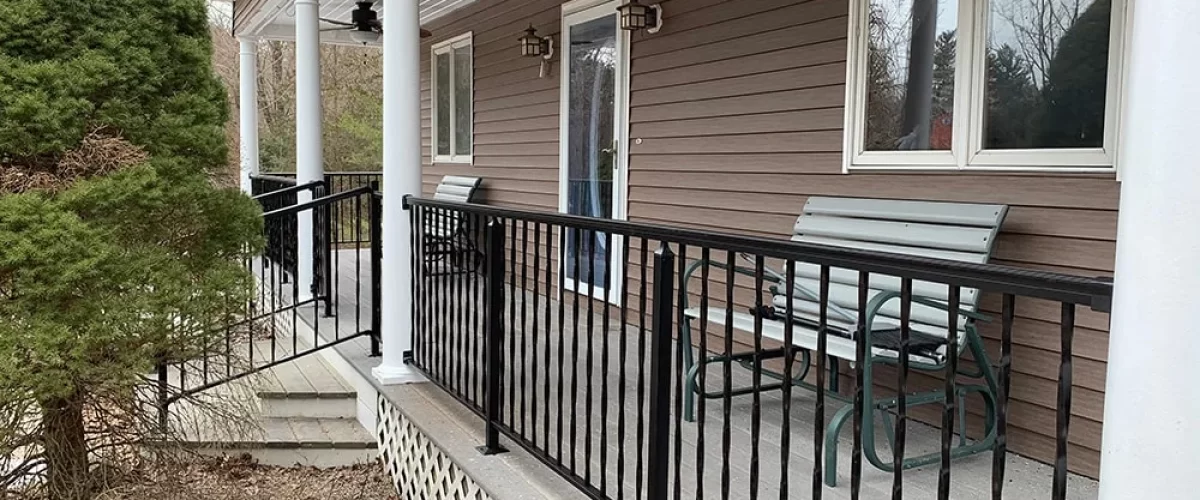There’s a reason some of the most elegant buildings in the world feature wrought iron accents such as fences, railings, decorative flourishes and even furniture. Wrought iron is elegant, timeless and long-lasting, which is why it’s still often beautiful on buildings that are hundreds of years old.
What Is Wrought Iron?
Wrought iron can be differentiated from cast iron in that it has a very low carbon content compared to cast iron. Essentially, it’s a semi-fused mass of iron with fibrous, silicate slag inclusions. These inclusions give it a “grain,” which provides extra interest, particularly when it’s etched or bent. Because of its nature, wrought iron is highly malleable and therefore suitable for all manner of shapes, textures, scrolls, and other features.
While iron has been forged since antiquity, the popularity of wrought iron began in Europe in the late Middle Ages. By the sixteenth century, wrought iron became a symbol of strength and wealth – the secure gates of castles are often created from wrought iron – as well as status and beauty. European settlers brought their taste for wrought iron to the New World, and the material has been popular for both practical and artistic purposes since that time. In terms of practical usage, wrought iron reached its peak during the nineteenth-century railroad expansions across the United States. It was also widely used in shipbuilding.
An Ideal Material for Handrails and Railings
Wrought iron is still widely used today for railings, fences and handrails. Done properly, each piece becomes a unique work of art that can add sophistication and charm to any property, and its long-lasting nature means it will not need to be replaced for decades (or centuries, in some cases).
In addition to being beautiful, wrought iron is extremely durable. It is extremely malleable compared to other metals: it can be heated and re-heated over and over again to be worked into the desired shapes and textures. In fact, wrought iron becomes stronger the more it is heated and worked. This is in contrast to cast iron, which is strong but can be brittle. Today, what’s known as “cast iron” is more correctly called “ductile iron.” Metallurgists add select alloys, including magnesium-copper alloy or cerium, to improve on traditional cast iron, making it even more durable and resistant to wear.
For railings, it’s one of the lowest-maintenance options to choose from, and if parts of the railing become damaged, it’s easy to replace in sections. While it may cost more than other railing materials, it’s longer lasting and brings a stately, classic and traditional look to commercial buildings and homes, enhancing value and curb appeal.
Choose a Wrought-Iron Railing Specialist
Connecticut-based Aladdin Inc. offers wrought iron railings, handrails, and rails for stairways, porches, decks, dining areas, and more. With over a half-century of experience and proven results, Aladdin has become one of Connecticut’s leading railing installers. Providing innovative designs, outstanding customer service, and expert installation, Aladdin is the region’s first choice for homes and businesses. We’ll work with you to pick out the right railing with the right look at the right price for your home or business railing needs.


